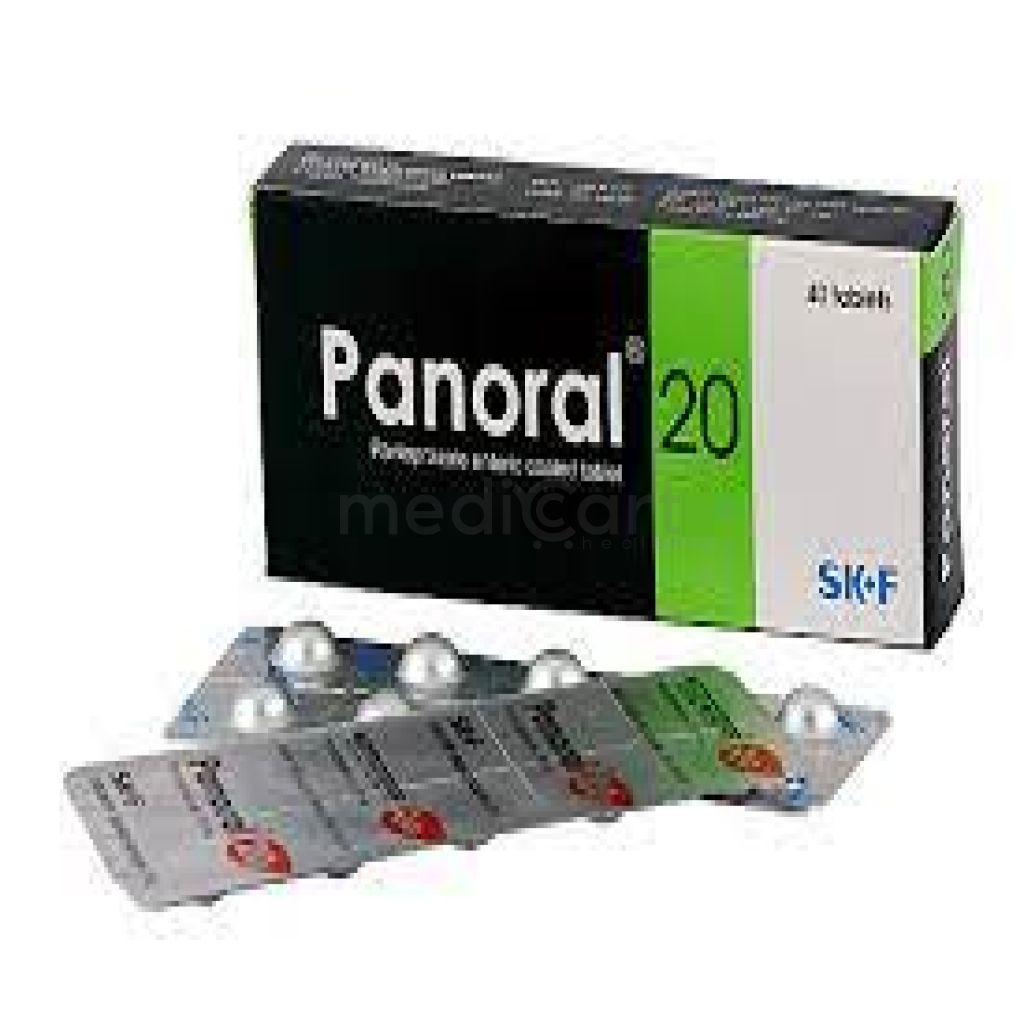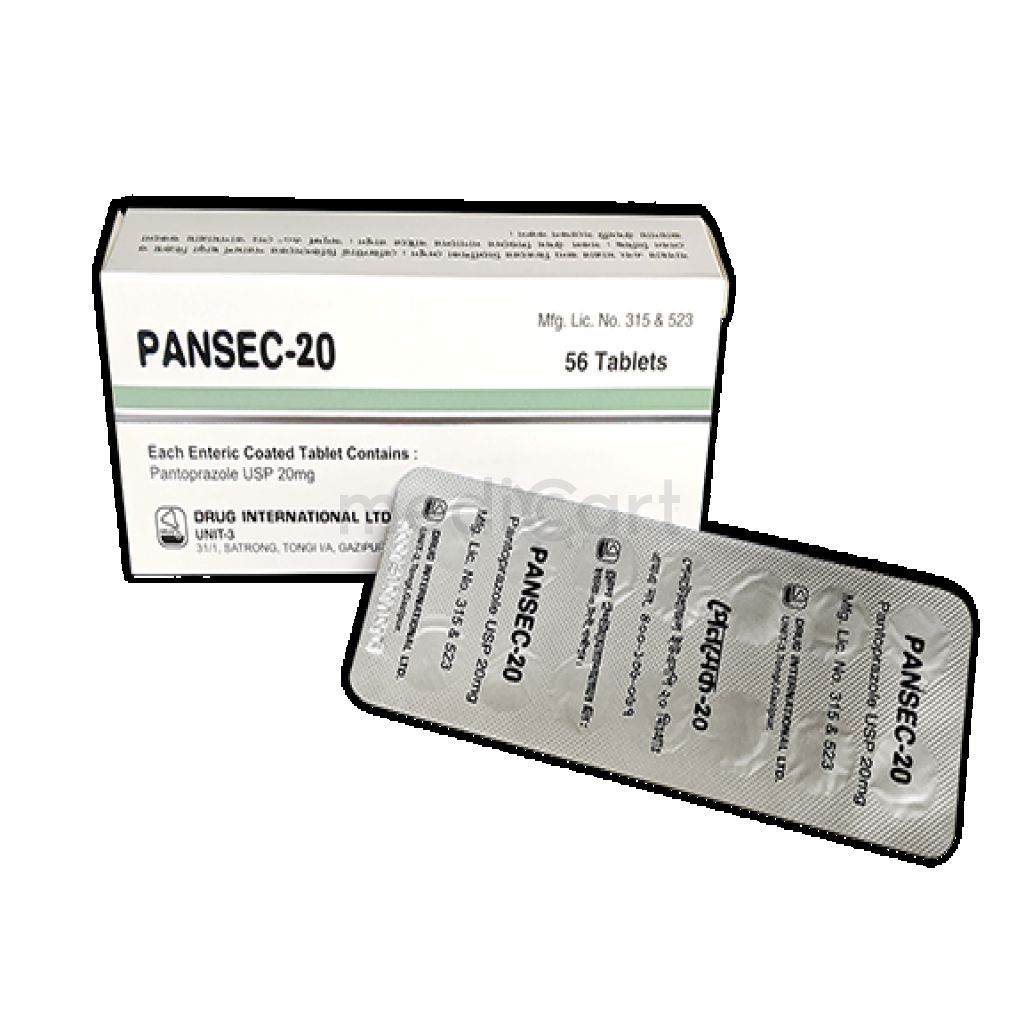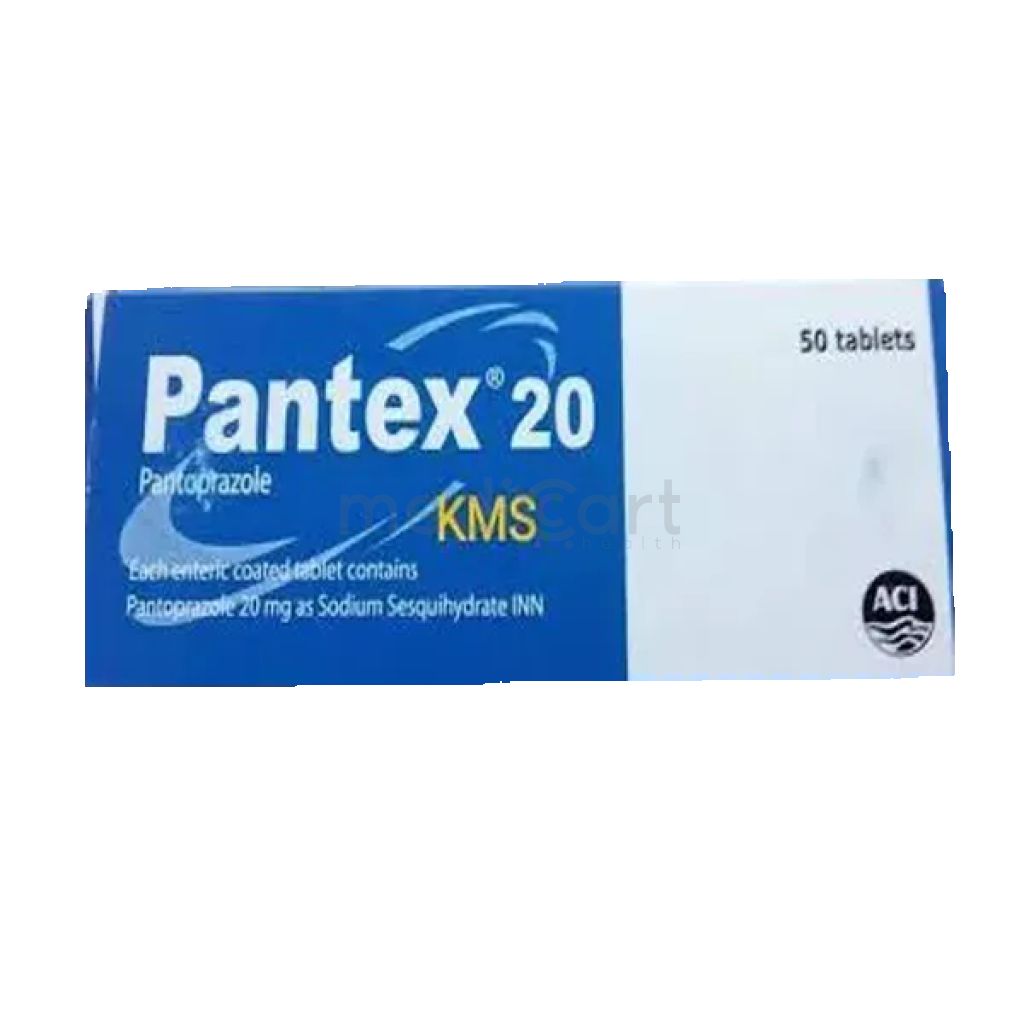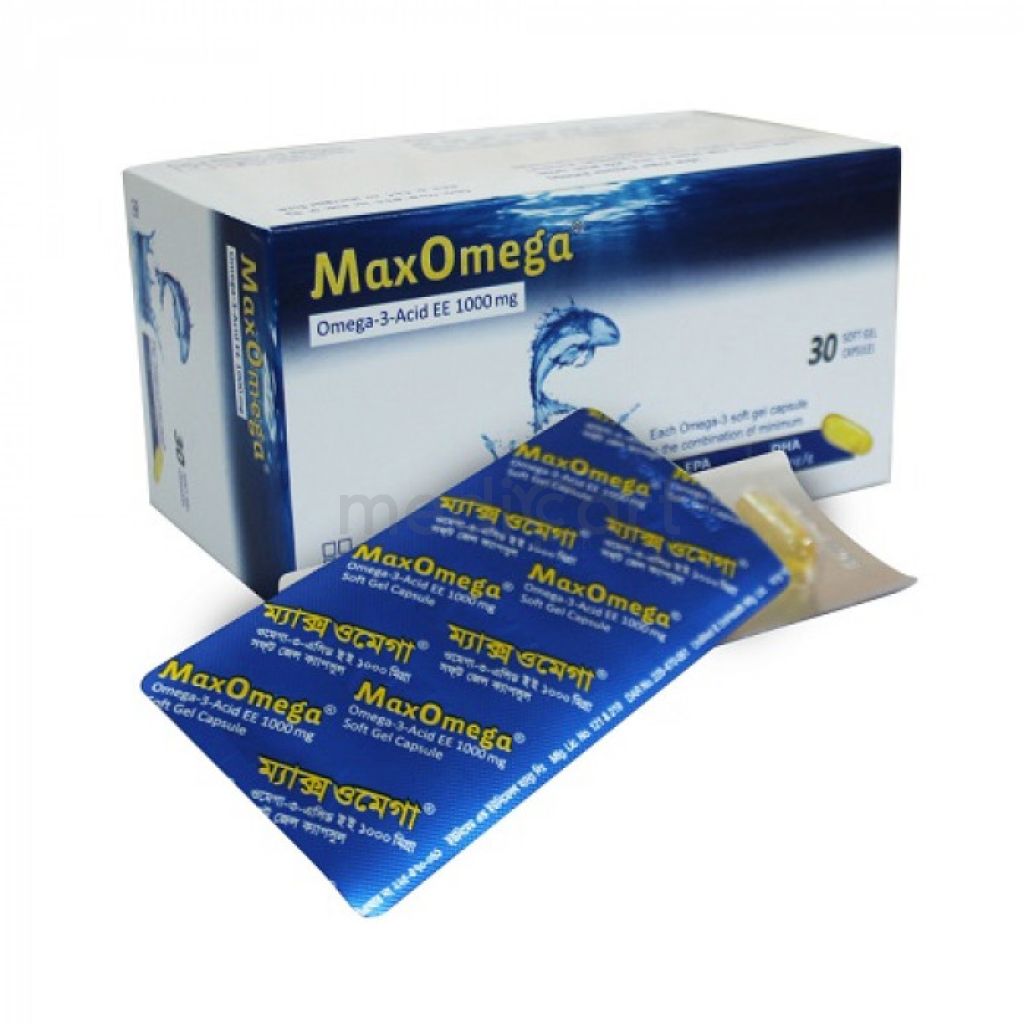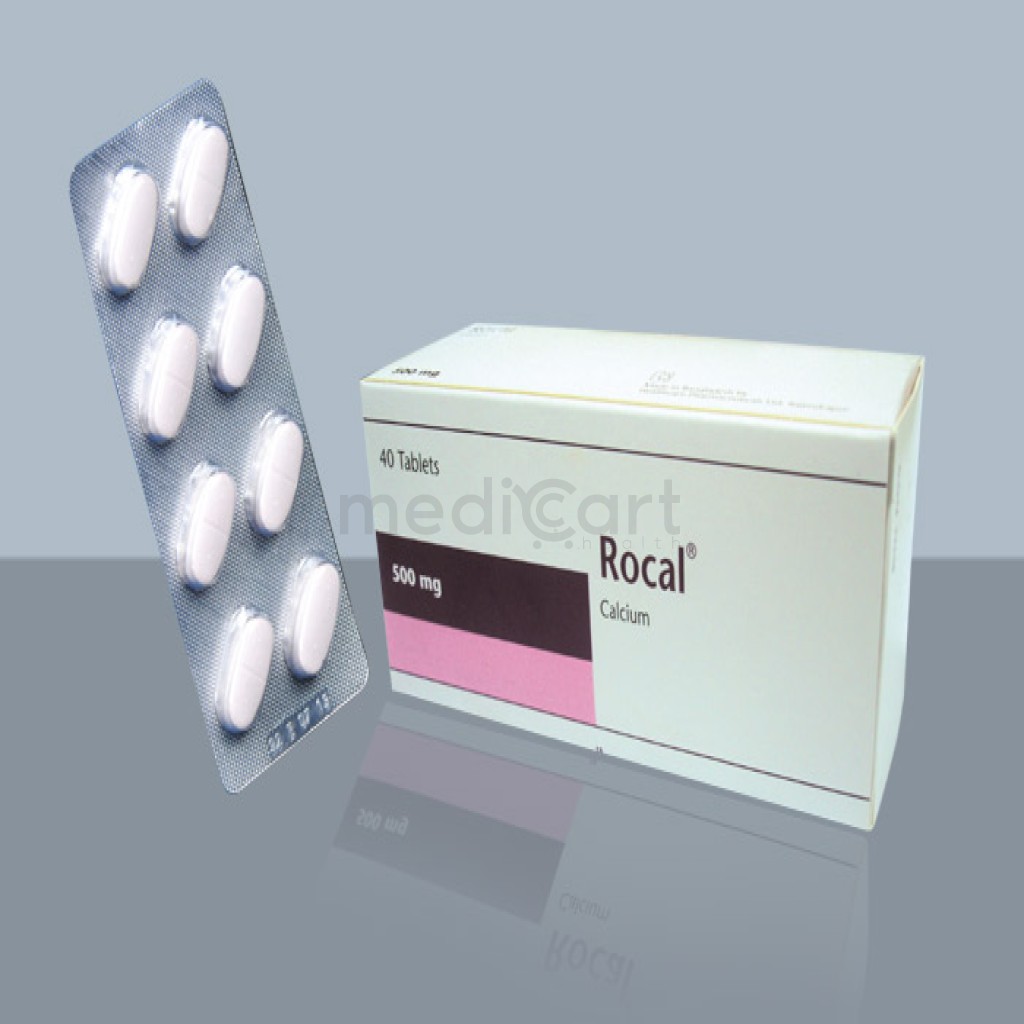

Protium 20 mg Tab. 20mg
Tablet
Pack Size :
8 Tablet x 1 strip
Generics :
Pantoprazole Sodium Sesquihydrate
Manufacturer :
Unimed & Unihealth Manufacturers Ltd.
Best Price *
TK
40.00
* Delivery will be done in Dhaka city only.
More Information About - Protium 20 mg Tab. 20mg
Description
Generic Name
Pantoprazole Sodium SesquihydratePrecaution
Gastric malignancy should be ruled out. Consider Zn++ supplementation during IV therapy in patients who are prone to Zn++ deficiency. Pregnancy. Monitoring Parameters Monitor Mg levels prior to initiation and periodically during prolonged use. Lactation Risk Summary Pantoprazole has been detected in breast milk of a nursing mother after a single 40 mg oral dose of pantoprazole. There were no effects on the breastfed infant. There are no data on pantoprazole effects on milk production. The developmental and health benefits of breastfeeding should be considered along with the mother?s clinical need for PROTONIX and any potential adverse effects on the breastfed child from pantoprazole or from the underlying maternal condition.Indication
Peptic ulcer disease, H. pylori infection, Gastro-oesophageal reflux disease, Zollinger-Ellison syndrome, Oesophagitis, Acid-related dyspepsia, NSAID-associated ulceration, ulcer resistant to H2 receptor antagonists, Gastrointestinal (GI) bleeding from stress, Prophylaxis for acid aspiration syndrome during induction of anaesthesiaContra Indication
Concomitant use w/ rilpivirine, atazanavir and nelfinavir. Lactation.Dose
N/ASide Effect
1-10% Headache (>4%),Abdominal pain (4%),Facial edema (<4%),Generalized edema (<2%),Chest pain (4%),Diarrhea (4%),Constipation (<4%),Pruritus (4%),Rash (4%),Flatulence (<4%),Hyperglycemia (1%),Nausea (1%),Vomiting (>4%),Photosensitivity (<2%) Frequency Not Defined Angioedema,Atrophic gastritis,Anterior ischemic optic neuropathy,Hepatocellular damage leading to hepatic failure,Interstitial nephritis,Pancreatitis,Pancytopenia,Rhabdomyolysis,Risk of anaphylaxis,Stevens-Johnson syndrome,Fatal toxic epidermal necrolysis,Erythema multiformePregnancy Category
Name : Not Classified
Description
FDA has not yet classified the drug into a specified pregnancy category.Mode of Action
Pantoprazole is a substituted benzimidazole, and also known as PPI due to its property to block the final step of acid secretion by inhibiting H+/K+ ATPase enzyme system in gastric parietal cell. Both basal and stimulated acid are inhibited.Interaction
Increased risk of digoxin-induced cardiotoxic effects. Increased risk of hypomagnesaemia w/ diuretics. May increase INR and prothrombin time of warfarin. May increase serum concentration of methotrexate and saquinavir. Delayed absorption and decreased bioavailability w/ sucralfate. Decreased absorption of ketoconazole, itraconazole. Potentially Fatal: May decrease serum levels and pharmacological effects of rilpivirine, atazanavir and nelfinavir.Pregnancy Category Note
Pregnancy There are no adequate and well-controlled studies in pregnant women; advise pregnant women of the potential risk of fetal harm; drug should be used during pregnancy only if potential benefit justifies potential risk to fetus Lactation Pantoprazole and metabolites are excreted in milk of rats. Pantoprazole excretion in human milk has been detected in a study of a single nursing mother after a single 40 mg oral dose of pantoprazole sodium; clinical relevance of this finding not known; many drugs excreted in human milk have potential for serious adverse reactions in nursing infants; based on potential for tumorigenicity shown for pantoprazole sodium in rodent carcinogenicity studies, a decision should be made whether to discontinue nursing or to discontinue drug, taking into account benefit of drug to motherAdult Dose
Erosive Esophagitis Associated With GERD Treatment: 40 mg PO qDay for 8-16 weeks Maintenance of healing: 40 mg PO qDay Alternatively, 40 mg IV qDay for 7-10 days Short-term Treatment of GERD Oral therapy inappropriate or not possible: 40 mg IV infusion over 15 minutes qDay for 7-10 days; switch to PO once patient able to swallow Zollinger-Ellison Syndrome 40 mg PO qDay; up to 240 mg/day administered in some patients 80 mg IV infusion q8-12hr up to 7 days; switch to PO once patient able to swallow Peptic Ulcer Disease Duodenal ulcer: 40 mg PO qDay for 2-4 weeks Gastric ulcer: 40 mg PO qDay for 4-8 weeks Elderly: No dosage adjustment needed. Hepatic impairment: Max: 20 mg/day or 40 mg on alternate days.Child Dose
Erosive Esophagitis Associated With GERD <5 years: Safety and efficacy not established >5 years 15 kg to <40 kg: 20 mg PO qDay for up to 8 weeks 40 kg or greater: 40 mg PO qDay for up to 8 weeksRenal Dose
Renal impairment: No dosage adjustment needed.Administration
Controlled-release: Should be taken on an empty stomach. Take 1 hr before meals. Swallow whole, do not chew/crush. Normal release: May be taken with or without food. IV Preparation GERD with a history of erosive esophagitis 15-min infusion: Reconstitute with 10 mL NS, THEN further dilute with 100 mL D5W, NS, or LR to final concentration of 0.4 mg/mL Zollinger-Ellison syndrome 15-min infusion: Reconstitute each vial with 10 mL NS, THEN Combine 2 vials and further dilute with 80 mL D5W, NS, or LR to total volume of 100 mL (concentration 0.8 mg/mL) 2-min injection: Reconstitute with 10 mL NS to final concentration of 4 mg/mL IV Administration Infuse over 15 min no more than 3 mg/min (7 mL/min) for GERD and 6 mg/min (7 mL/min) for pathologic hypersecretory conditionsDisclaimer
The information provided herein are for informational purposes only and not intended to be a substitute for professional medical advice, diagnosis, or treatment. Please note that this information should not be treated as a replacement for physical medical consultation or advice. Great effort has been placed to provide accurate and comprehensive data. However, Medicart along with its authors and editors make no representations or warranties and specifically disclaim all liability for any medical information provided on the site. The absence of any information and/or warning to any drug shall not be considered and assumed as an implied assurance of the Company.


